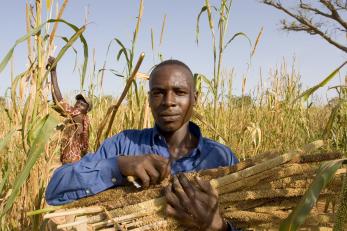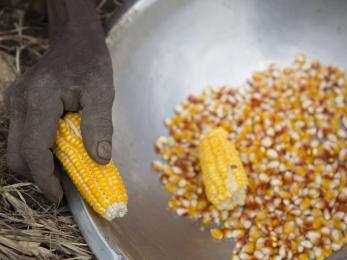Food Security Sector Approach

What is Food Security?
Food security is commonly defined as “when all people, at all times, have physical, social and economic access to sufficient, safe and nutritious food which meets their dietary needs and food preferences for an active and healthy life.” Four interrelated variables are central to achieving food security:
- Food Availability – when sufficient quantity is consistently available to all individuals through household production, domestic output, commercial imports or food assistance.
- Food Access – when households and all individuals have adequate resources to obtain appropriate foods for a nutritious diet. Access depends on income available to the household, distribution of food among members of the household and the price of food.
- Food Utilization – the proper use of food requires a diet with sufficient energy and essential nutrients, potable water and adequate sanitation. Effective utilization depends on good health and knowledge within households of basic principals of nutrition and proper childcare.
- Risk Management – the degree to which individuals, households or communities can cope with and withstand stressful situations and shocks. Vulnerability can be grouped into five categories by risk factors: environmental, market, political, social and health. Inability to manage risks can lead to food insecurity.
Food Secure Households
A food secure household is one that can produce, or access, sufficient amounts of nutritious food for all family members, one that enjoys good health and sanitation facilities and practices, and one that is resilient to shocks that might make the household vulnerable again. In other words, a food secure household has met its essential health, economic and productive needs. While the household might still be poor, its members are not challenged by day-to-day threats to its survival caused by lack of food, and can work towards longer-term development priorities.
Download our full approach document ▸


